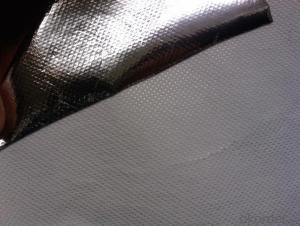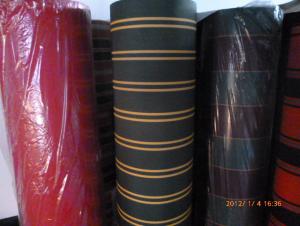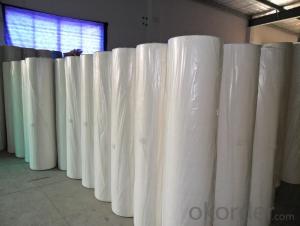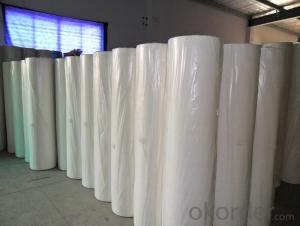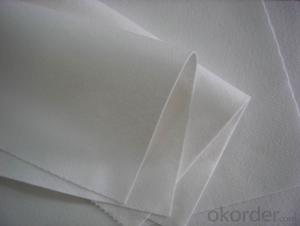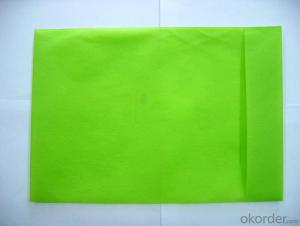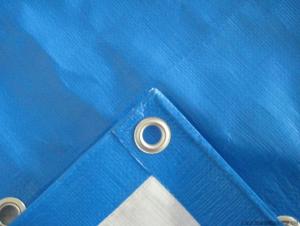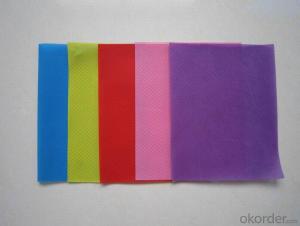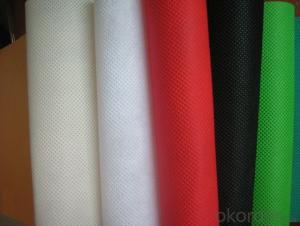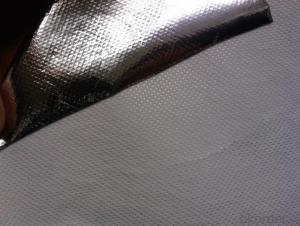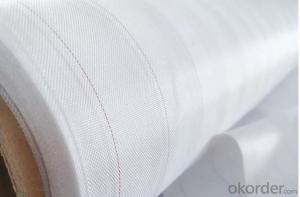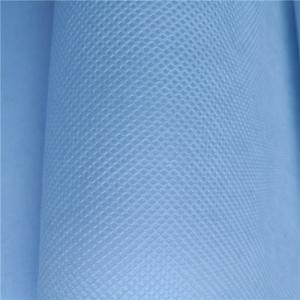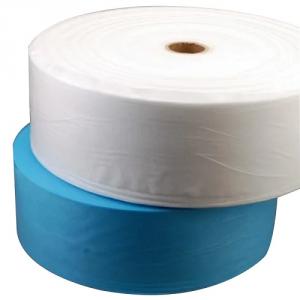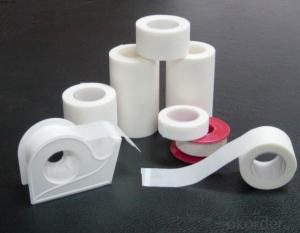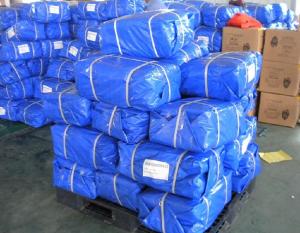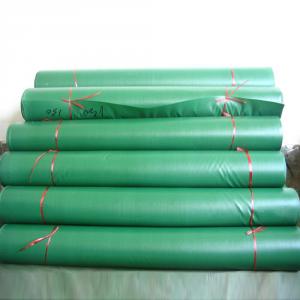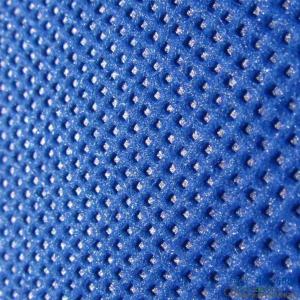short width and small roll pp spunbond non woven fabric
- Loading Port:
- Shanghai
- Payment Terms:
- TT OR LC
- Min Order Qty:
- 1000 kg
- Supply Capability:
- 10000 kg/month
OKorder Service Pledge
OKorder Financial Service
You Might Also Like
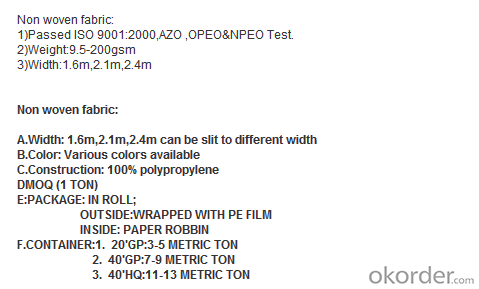
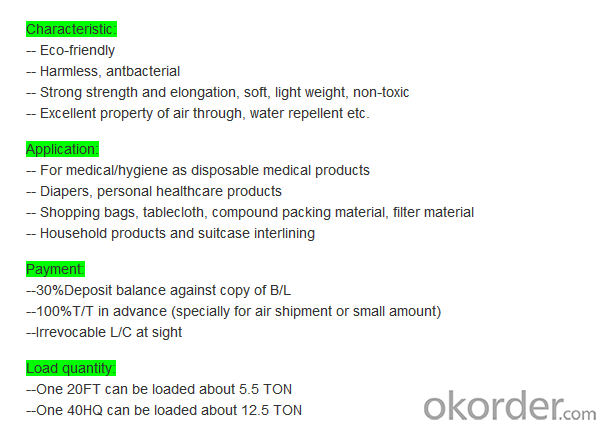


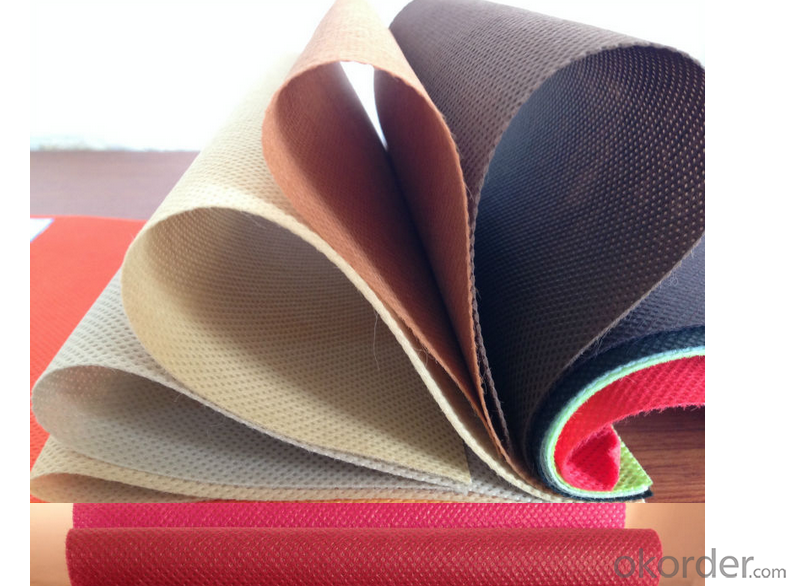
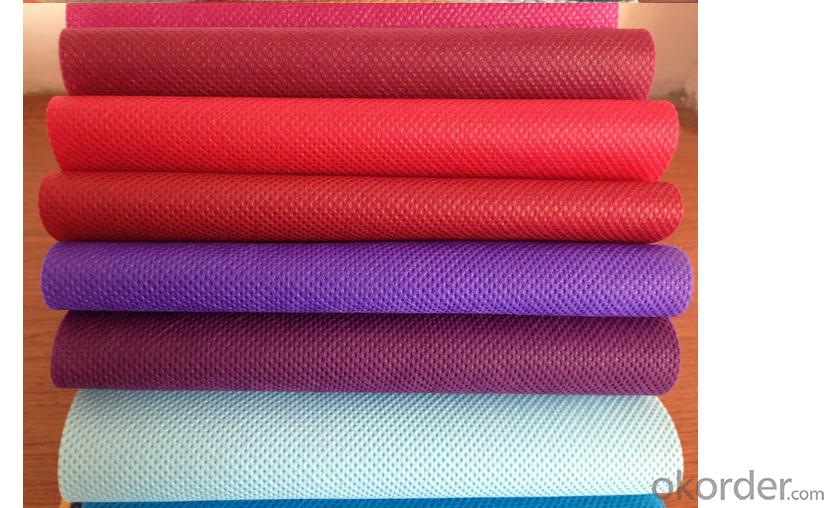
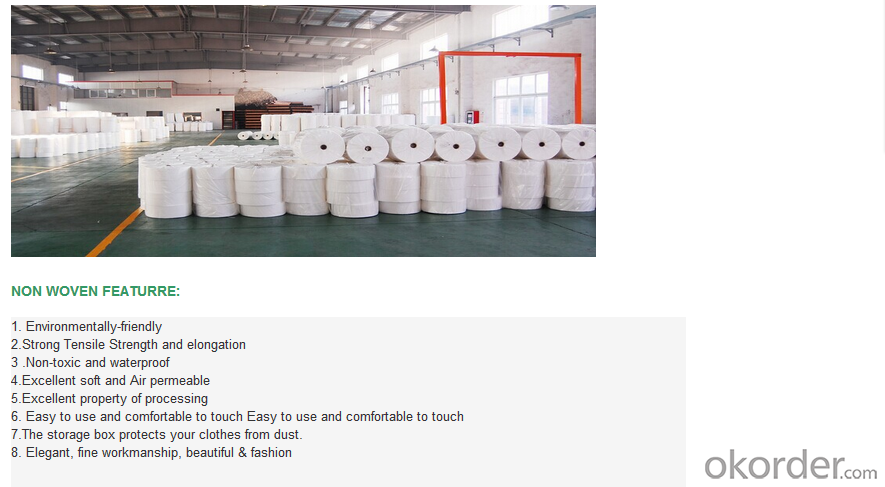
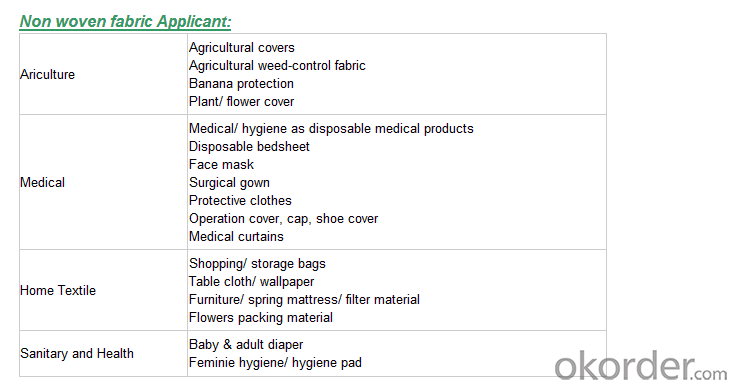
We are recognized as a reliable Manufacturer, Exporter and Supplier of Non Woven Fabric. We can provide Non Woven Fabric in any gram/m2 and any colour required by customer. Non Woven Fabrics are broadly defined as sheet or web structures bonded together by entangling fiber or filaments (and by perforating films) mechanically, thermally or chemically. PP Spun bonded Non woven Fabrics are produced using a precise extrusion-based technology. The polymer is stretched into a continuous filament and loosely spread onto a conveyor belt to form the web. Air is used to form and lay the fabric filaments. On the other hand, some non woven fabrics can be recycled after use, given the proper treatment and facilities.
Product Specifications
Weight: 10 - 150 gsm
Width: Max 1600 mm (can be slit)
Fabric Roll Length: As per buyer’s need ( 200 - 1200 Mtr)
Color: various colors available.
Procedure of production: Spun bonded Non Woven, Diamond design
Material: polypropylene
Minimum Order: 1000 Kg
Sample: sample free, freight collect
Product Application
Non woven fabric manufacturers usually manufacture the fabric in a roll form. It is then sent to various other industries where it has end applications, where is it cut and given different form depending upon the use. They can also be used in combination with different materials and offer a wide range of products.
Colored Non woven fabrics are use in many sectors and variety of applications, such as Health, Hygiene, Medical, Packaging, Agriculture, Furniture Upholstery, Geo Textiles, Leather Industry, Shoes and Garments. Customers come from the textile and automotive industries as well as many other sectors.
- Q:Classification of textile materials
- According to the raw materials, processing methods and composition of different, can be divided into renewable fiber, synthetic fiber and inorganic fiber three categories. The yarns made from textile fibers are diversified because of the different types of fibers and different forms of yarn processing; the resulting different yarn structures are due to the different physical properties and the use characteristics of the different yarn structures The
- Q:What is the imo standard in the textile industry?
- The IMO certification will specify the requirements to ensure that the organic status of the textile, from the harvest of raw materials, to the annotations of environmental and social responsibility manufacturing, is to provide credible guarantees to the end consumer.
- Q:Listed in recent years the textile industry pollutant emissions
- The reason for the increase in industrial pollutant emissions in the first half was due to the rapid growth of GDP, leading to an increase in COD and sulfur dioxide emissions. In the first half of this year, China's GDP growth rate of 10.9%, coal production increased by 12.8%, industrial wastewater emissions increased by 3.5%.
- Q:How to reduce the cost of textile yarn dyeing
- Water and electricity state control, you can not save, the equipment is before, and now do not expand the scale, for the time being
- Q:What is the difference between the nonwovens industry and the textile industry?
- Textiles are raw materials of cotton, or man-made fibers. Is made of textile machinery, no glue composition. For clothing, bedding and other uses with the human body.
- Q:Lin is what kind of textile
- Second, the identification of fiber 1, identification methods: ① identification methods are feel, visual method, combustion, microscopy, dissolution method, drug coloring method and infrared spectroscopy.
- Q:Are hats a class of textile and apparel products?
- Jewelry and hats to see your sales channels and the market to judge. As far as I know, Chinese jewelry is rarely exported, the quality and color are different, but the Chinese market is the largest
- Q:Development of Textile Fibers.
- From the international environment, the international market is still a large expansion of space and opportunities. With the end of 2007, China and the EU textile limit expires, the end of 2008 the end of the Sino-US textile quota limit, the Chinese textile quota era is approaching, accounting for more than 60% of the global textile market share of the region fully open, will bring to China's textile trade Great opportunity.
- Q:Antistatic fabrics of textile electrostatic materials
- Static electricity is serious, the static voltage up to several thousand volts, due to discharge sparks, causing a fire, causing serious consequences.
- Q:Performance requirements for textile fibers
- The wear resistance of the fiber is related to the macromolecule structure, supramolecular structure, elongation at break and elasticity of the fiber. The order of common fiber wear resistance is as follows
1. Manufacturer Overview |
|
|---|---|
| Location | |
| Year Established | |
| Annual Output Value | |
| Main Markets | |
| Company Certifications | |
2. Manufacturer Certificates |
|
|---|---|
| a) Certification Name | |
| Range | |
| Reference | |
| Validity Period | |
3. Manufacturer Capability |
|
|---|---|
| a)Trade Capacity | |
| Nearest Port | |
| Export Percentage | |
| No.of Employees in Trade Department | |
| Language Spoken: | |
| b)Factory Information | |
| Factory Size: | |
| No. of Production Lines | |
| Contract Manufacturing | |
| Product Price Range | |
Send your message to us
short width and small roll pp spunbond non woven fabric
- Loading Port:
- Shanghai
- Payment Terms:
- TT OR LC
- Min Order Qty:
- 1000 kg
- Supply Capability:
- 10000 kg/month
OKorder Service Pledge
OKorder Financial Service
Similar products
New products
Hot products
Hot Searches
Related keywords
